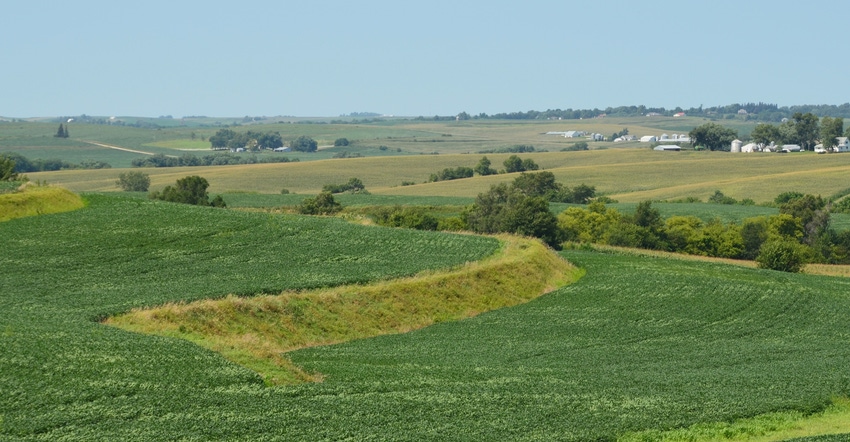May 12, 2022

Water quality is something Iowa farmers have been conscious of for many years. Several water improvement programs were developed after the Iowa Nutrient Reduction Strategy was put in place in 2008.
The Iowa Soybean Association has been testing water in its water quality testing lab since 2010. Tony Seeman, senior field services lab and data manager for ISA, says knowing what the water quality on your farm is will help you make improved management decisions. “Get a baseline test and know how much is being lost from your farm fields, and if your conservation practices and tiling is working,” Seeman says. “At certain times of the year, we see higher amounts of nitrogen in farm water, and that’s when drinking water has to be managed more. So we, as farmers, need to know what we should do differently to help prevent those increases.”
Seeman says trends in the data collected can tell them more than individual samples usually will. There is more variability in drought and flood years, and it’s important for farmers to have confidence in the data that’s collected.
Iowa Nutrient Reduction Strategy has helped
The Iowa Nutrient Reduction Strategy was formed by the Iowa Department of Agriculture and Land Stewardship, the Iowa Department of Natural Resources, and Iowa State University to use a science-based approach in reducing nutrients to Iowa waters — and eventually the Gulf of Mexico. It was designed to direct efforts to reduce nutrients in surface water from both point and nonpoint sources in a scientific, reasonable and cost-effective way.
Iowa’s wetland watersheds treat more than 124,000 agriculture acres. As of 2019, Iowa had 46 bioreactors and 24 saturated buffers statewide, which together treat about 33,000 acres. These watershed areas are being monitored to show the cumulative effect and concentration of the data collected.
Drought effects
“Nitrates in 2021 were at the lowest levels we’ve seen in all but one of the eight watershed areas due to drought,” Seeman says. Water totals on those watersheds were extremely low; thus, runoff was also very low.
By looking in each of the past two major drought years — 2000 and 2012 — the year following shows higher-than-average nitrate loss on the fields. The areas measured are in watershed areas, and Seeman says these levels would likely be even higher on crop acres. This looks to likely be true for this year as well, due to more rainfall.
“The only thing different for 2021, as compared to the drought years of 2000 and 2012, is the yields were actually quite good,” Seeman says.
The results of these water quality studies help farmers understand what practices are helping make improvements. Seeman says when nitrate levels are high, cover crops are a good way to bring the numbers down. Plus, the cover crops can benefit soil health, prevent erosion, and help with weed control.
Corn following corn in fields shows higher nitrate concentration in the tile water. Corn following soybeans shows the least amount, and soybeans following corn is in the middle. Seeman says knowing this can help farmers make better management decisions for water quality improvements.
About the Author(s)
You May Also Like






